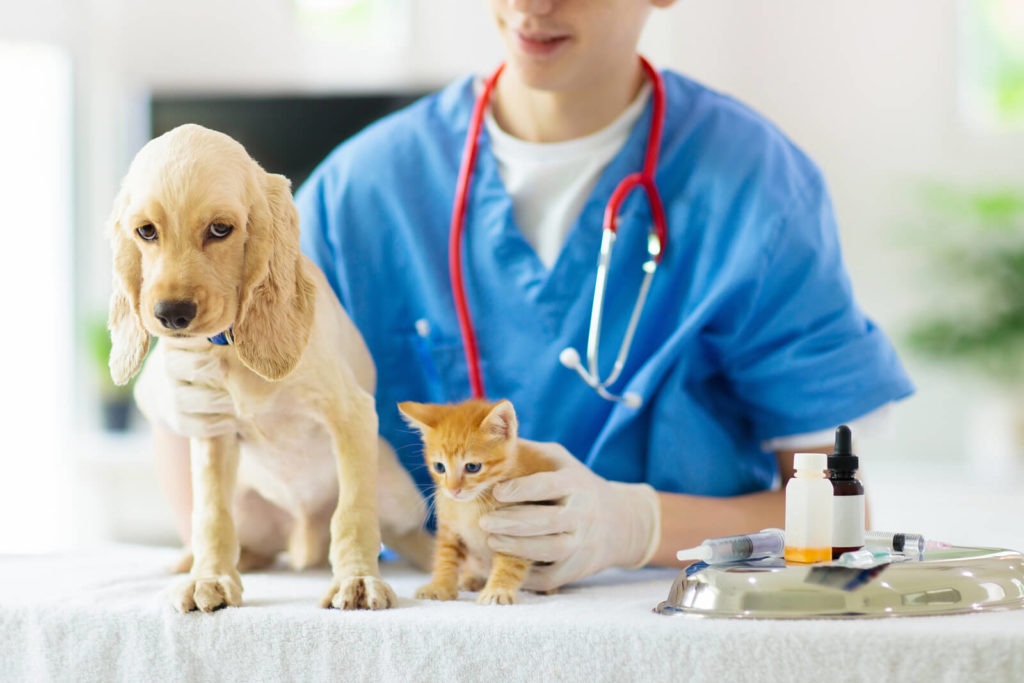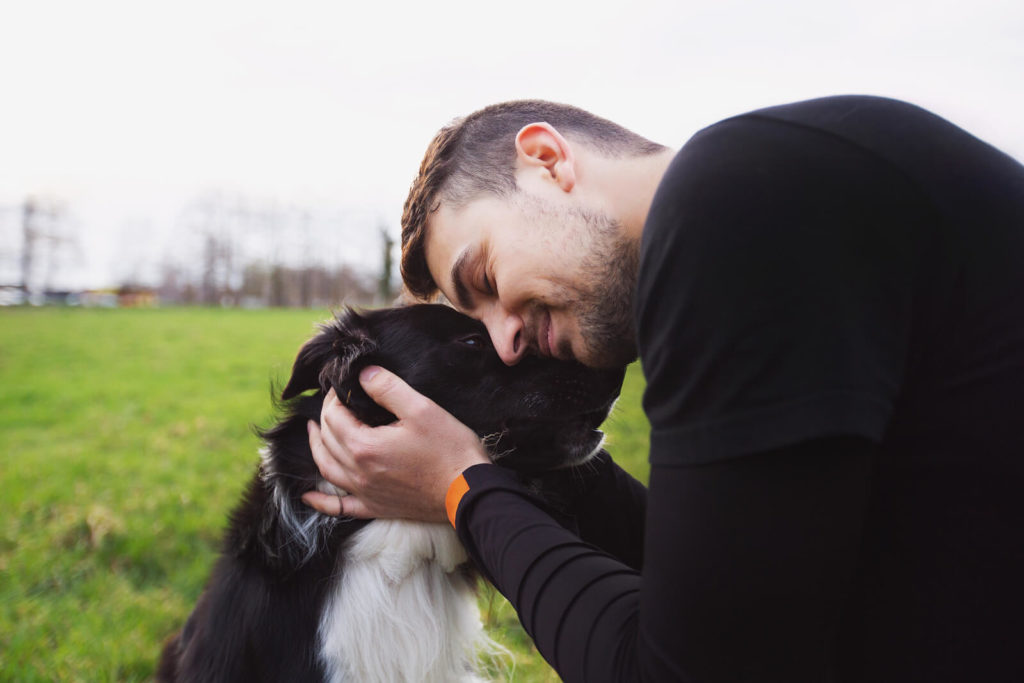Dec 15, 2019 | Pet Care
Uncertain about how long your pet can be left alone? While each pet has unique needs, there are some general guidelines for different animals. Here’s some pet-specific advice to get you started!

Dogs
There’s no reliable rule for how long your dog can be left alone. Factors such as health, age, breed, and training all influence a dog’s comfort when alone. Most healthy adult dogs can be left alone for 4-6 hours at a time. Any longer than that, and you’ll want to hire a sitter or dog walker.
Cats
Barring special circumstances, cats can be left alone for around 24 hours. Before leaving them, make sure they have a clean litterbox, plenty of fresh water, and a full belly.
Hamsters
Hamsters should not be left alone for more than 48 hours. With enough food and water, they should be comfortable and safe alone.
Snakes
Snakes are often solitary pets, and do well being left to their own devices for days at a time. That said, the amount of time that you can leave your snake unattended depends on its feeding schedule, the reliability of its terrarium temp/humidity, and its access to fresh water. If you are confident in the sustainability of terrarium conditions, you’ll only need to return home to replenish water or feed your pet.
Birds
Birds should not be left without a check-in for more than 24 hours.
Reptiles
While every reptile is slightly different, most (like bearded dragons and geckos) can be left alone for a day or two, so long as they have a fresh supply of food and water.
Ferrets
Ferrets require a lot of playtime and attention. If a few hours of out-of-cage playing/roaming time are not possible each day, you’ll want to consider hiring a sitter.
Fish
While you’ll want to consider your fish’s specific feeding schedule, almost any fish can be left alone for 2-3 days.
Turtles
Most turtles will be fine without food for a few days, but if you are leaving your turtle for more than two weeks, make sure to arrange for someone to feed them periodically, and monitor the cleanliness of their aquarium’s water.
Nov 5, 2019 | Pet Care
Is work or travel taking you away from your dog more than you’d like? Between apps like Rover and mom & pop pet care businesses, there are many options for getting your animal the care it needs!

But, what does a pet sitter do? Here’s some information about pet sitting to help you decide whether it’s right for you and your pet!
Pet Sitters Provide Basic Care
Pet sitters primarily enact basic animal care. This includes delivering meals, walking dogs, giving medications, grooming fur, and cleaning litter boxes.
Additionally, pet sitters will be the acting first responder in the event of a pet related crisis. If your animal falls ill or gets hurt, they will notify you and take them to the vet!
Pet Sitters Will Exercise Your Pet
Some animals, especially active dogs, need lots of exercise to remain healthy. A pet sitter or dog walker can ensure they receive the care they need. Keep in mind, many pet sitters charge by the hour, so more exercise will mean more money spent.
There is no formal experience or certification for pet sitting. The best way to determine whether a pet sitter is right for you is to talk to them, and have them meet you and your pet in a safe and public space, like a dog park! Hands on experience, dependability, and a knack for dealing with animals are necessary skills for the position, so keep your eyes peeled for red flags, and use your best judgement when selecting a sitter!
Pet Sitters are Better than a kennel
Cats and dogs often experience physical and mental stress when placed in a pet care facility. At-home pet sitting allows an animal to continue with its regular activities, and in an environment where they feel comfortable! Preserving eating, bathroom, and exercise habits may mean a lot for your dog’s body and mind!
Hiring a pet sitter can be stressful and intimidating. Use your critical mind, and talk to neighbors or friends about their experiences before pulling the trigger! There are countless pet-loving professionals out there to help you and your pet, you just have to find them!
Sep 14, 2019 | Dog Facts, Pet Care
Bringing a new puppy into your home is a wonderful thing, but a young or newborn dog may not be the right choice for all people. There are benefits and challenges to both adult and young dogs. With a choice as significant and long term as pet ownership, it’s important to consider all factors before diving in.
 (more…)
(more…)
May 7, 2019 | Pet Care
Dog owners are often apprehensive when it comes to hiring a dog walker. From bringing a stranger into the fold to lacking supervision over your pet in public spaces, hiring a service doesn’t come second nature to most.

That said, many pet owners find dog walkers to be extremely helpful, and the benefits for your animal can be great too! (more…)
Mar 21, 2019 | Pet Care
Dog owners know that taking your pet for a spin around the block is a part of the program. But more than routine, exercising your dog is crucial in bolstering its mental and physical health.
How long should a dog be walked each day? The answer to this question depends heavily on a variety of factors, from breed to weather to age, and recommendations for exercise time range from 30 minutes to 2 hours a day depending on these factors

Here is a short guide to the factors, and to planning a perfect exercise schedule for your dog!
(more…)
Feb 20, 2019 | Dog Training, Pet Care
What Is Dog Fostering?
Fostering a dog can be a very different experience between people. However, whether seeking a trial run for future adoption or simply giving back with short term care for shelter animals, fostering is not something to enter into lightly.

With a little research, it is possible to determine whether fostering a dog is a good choice for you. Here are some thoughts and guidelines that will bring you closer to an answer and help you get started if fostering still seems like a good fit. (more…)





